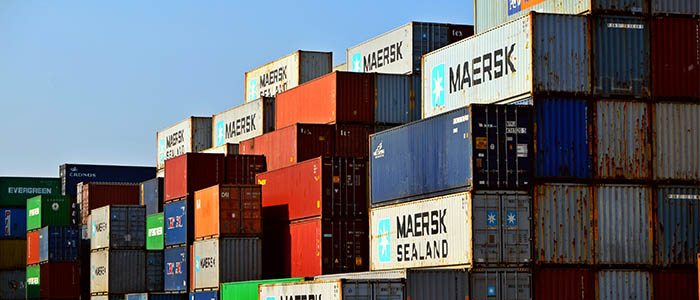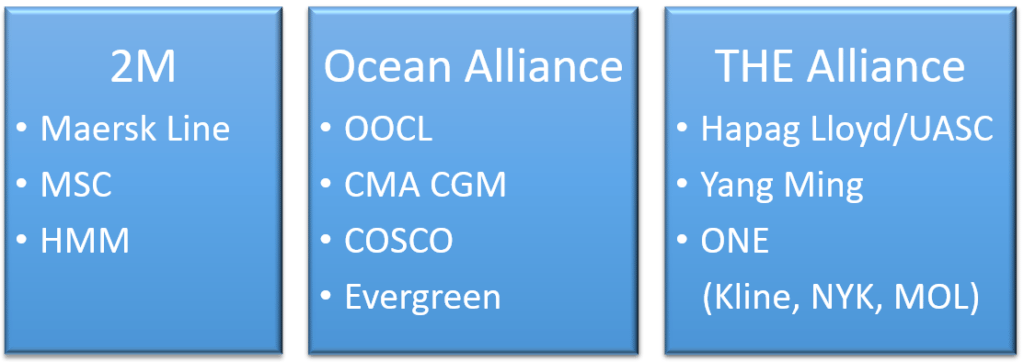Steamship lines, Alliances, Driver Shortage and more
Scarbrough attended the 18th Annual TPM Conference, which is one of the highest-attended conferences for the trans-Pacific and global container shipping and logistics community. Hot topics at the event include economic, trade, and container shipping outlooks, round table discussions with industry leaders, technology, among others.
The TPM Conference typically kicks off contract signing season and is a must-attend event. Luckily, for those that couldn’t attend this year, we have cliff notes.
Steamship Lines
The carriers all made money last year. In fact, the steamship lines would like to increase rates so they can start investing in service. However, supply is still greater than demand in the marketplace and should provide some downward pressure on rates. Alliances have brought a small amount of stability to the market, but there are still some changes to be seen.

Alliances
There is no real data on the specific impact of the ocean carrier alliances on the market yet. Some new changes include Maersk’s quest to be an integrator and acquire a large NVOCC and the top three Japanese ocean carriers coming together in a joint venture. The carriers include Kline, NYK, and MOL and they will call themselves Ocean Network Express (ONE). Operations are planned to start on April 1, 2018, and rumor has it will operate with magenta containers. ONE is still part of THE Alliance which encompasses Hapag Lloyd/UASC, Yang Ming, and ONE (Kline, NYK, and MOL). The present alliances are 2M, Ocean Alliance, and THE Alliance.

Technology
Technology is everywhere but no big disrupter has emerged. The industry still seems to be missing the one piece that will provide continuous visibility at all times. Is that too much to ask for? Many of our terminals are utilizing new technology to better facilitate the movement of containers, which is great. We are also seeing the use of “Big Data” to create efficiencies globally, which we all hope will lead to better service on the carrier side in the future.

Driver Shortage
The driver shortage is a global issue and not just an issue in the United States. It is no secret, we have been facing a driver shortage for several years. Globally, the industry is looking toward automated vehicles. In the United States alone, the ELD Mandate and enforcement of the Hours of Service Schedule has been a difficult change.

All in all, there was a lot of talk about service. If you have questions or comments, don’t hesitate to email Adam Hill directly at ahill@scarbrough-intl.com.
